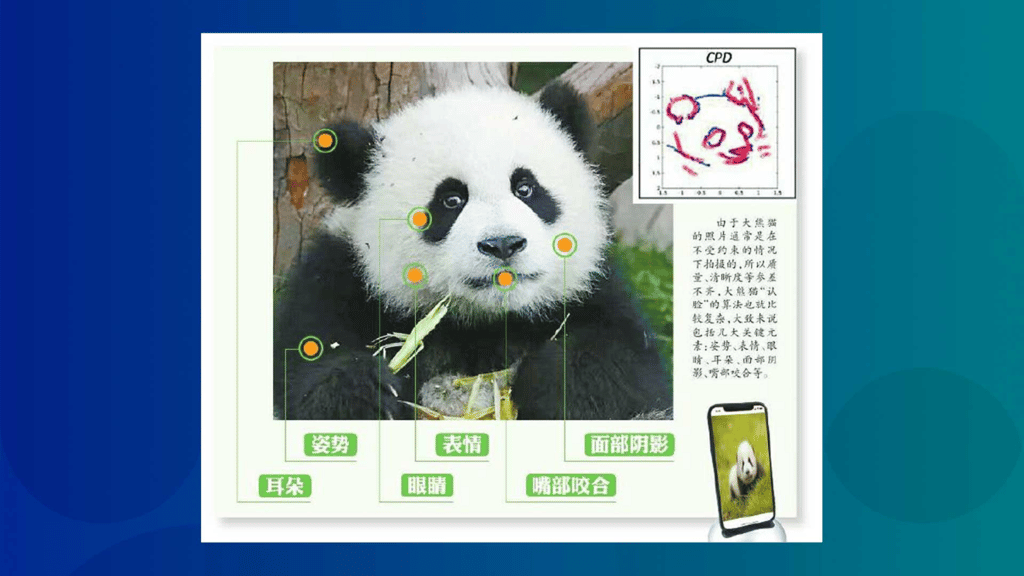Advertisement
How does facial recognition work for pandas?
Chinese scientists developing AI app to identify vulnerable species
Reading Time:2 minutes
Why you can trust SCMP

This article originally appeared on ABACUS
To the average human eye, all giant pandas look virtually the same. Now researchers in China are building an AI program to tell panda faces apart.

The project is led by the Chengdu Research Base of Giant Panda Breeding in southwest China, according to Sichuan Daily. China is the only country in the world that has pandas living in the wild. A survey in 2015 found that Sichuan, together with the nearby provinces of Gansu and Shaanxi, is home to around 1,800 wild pandas.
Advertisement
Using AI algorithms, Chinese scientists are analyzing a collection of over 12,000 images and 10,000 videos. As it turns out, there are a number of visual markers that can be used to distinguish pandas.
The most obvious feature is the black fur around each creature’s eyes and ears. Other characteristics include the way a panda’s mouth shuts, the shadows on its cheeks and its body posture.
Advertisement

Advertisement
Select Voice
Choose your listening speed
Get through articles 2x faster
1.25x
250 WPM
Slow
Average
Fast
1.25x